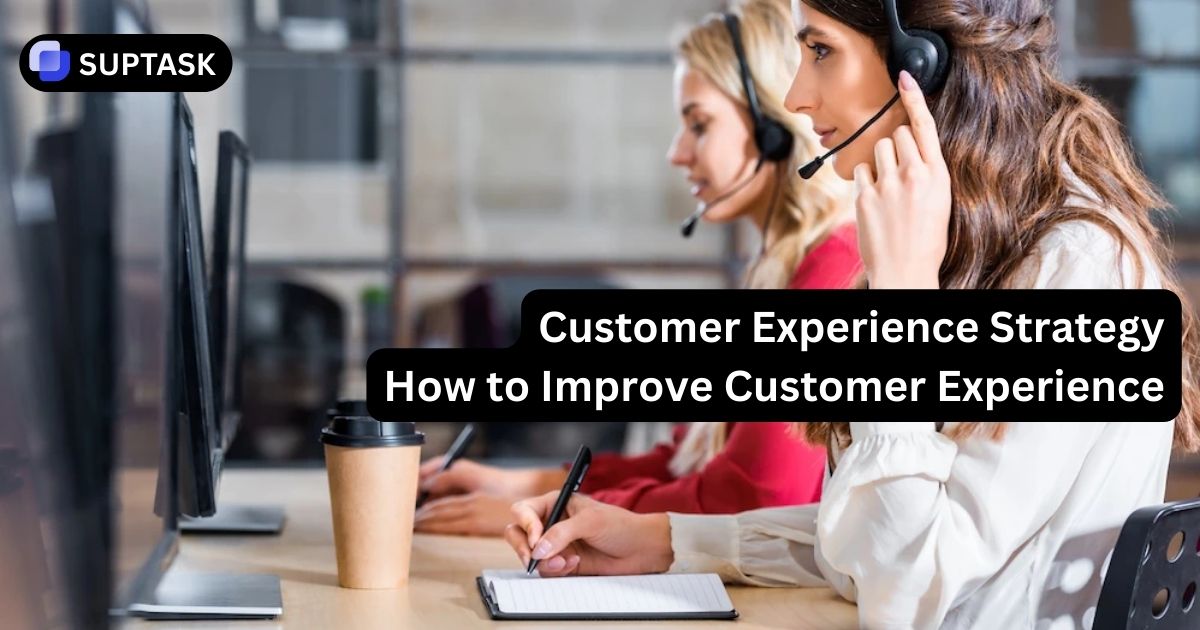Grasping the profound purpose of a community is essential. More than mere assemblies of individuals, communities form networks that augment personal joy, wellness, and satisfaction.
They offer venues for collaboration on topics, notions, or endeavors that advance joint efforts. This feeling of connectedness and affinity drives members to contribute actively and maintain involvement.
Key Takeaways
- A community needs a clear purpose, shared values, and goals to foster engagement and participation.
- Strong identity, effective engagement, and trust are vital for attracting and retaining community members.
- Inclusive environments and regular feedback boost member satisfaction, promoting organic growth and active engagement.
1. Understanding the Purpose of Community Building

At the core of each thriving community are shared beliefs and unified ambitions, which lay a robust foundation for member cooperation and support.
Strong communities are equipped to tackle more significant societal obstacles by uniting their strengths through communal activities, effectively catalyzing constructive transformation.
Authentic engagement in community building reinforces ties among people, leading to organic expansion—a cornerstone for sustained prosperity within any healthy collective.
These social frameworks act as pillars of support while fostering expansive networking opportunities. They enrich individual experiences by creating interlinks among participants, yielding reciprocal advantages both personally and professionally.
Recognizing your group’s intent paves the way for crafting an environment where all constituents feel respected, fueling commitment to shared objectives rooted in collaborative action.
2. Defining Your Community Identity
.webp)
The essence of your community engagement lies in its identity. It captures the collective perception shared by members about their mutual objectives and principles.
A distinct vision and mission steer your community’s intent and aspiration, playing a crucial role in drawing in and keeping engaged individuals who resonate with the values upheld by the community.
It is imperative that every aspect, including the organization’s name, emblem, communication style, and events, mirror this well-articulated community identity.
These factors encourage unity and backing among current members and ensure recruits feel valued upon joining.
Newcomers experiencing a connection to the brand are more inclined to engage with the group actively.
Providing an exclusive venue for interaction significantly deepens members' association with one another, cultivating that vital sense of belongingness.
An accessible forum for conversation or space for regular meetups empowers members to exchange insights, which fosters dedication and ongoing participation in communal activities.
3. Finding Potential Members Who Share Your Vision
.webp)
Attracting new members who align with your community’s principles is crucial to maintaining your group's integrity and direction.
Begin by seeking out those who embody your community's spirit, including friends, current customers, or anyone who shares similar ideals. These foundational members are key to influencing the culture within your community and providing a model for future participants.
To draw in additional like-minded individuals, consider leveraging tactics such as organizing events, disseminating newsletters, and harnessing social media platforms.
Before opening up to newcomers, ensure that you have solidified a strong brand identity for your community, which will help capture the attention of prospective members while communicating what sets it apart.
The role played by existing members in inviting acquaintances can significantly contribute to natural expansion.
When they feel genuinely connected to and responsible for its prosperity, these individuals are more likely to engage others about joining. This helps establish an environment where old and new relationships can thrive meaningfully.
4. Building Trust Among Founding Members
.webp)
The cornerstone of any flourishing community is trust. Building genuine relationships with your founding members is essential, and this may be done through honest conversation, insightful advice, and active involvement.
You must listen to their input and act appropriately to maintain your members' trust.
Openly sharing information about your brand's goals and undertakings amplifies this confidence.
It is important to recognize the efforts of your founding members, who helped start it all. They are often dedicated and energetic contributors to community management.
Nurturing both a feeling of belongingness and trust among participants forms a robust base for the prosperity and expansion of your community.
5. Encouraging Participation and Engagement
.webp)
Nurturing a sense of belonging and interactivity is crucial for any active community to flourish.
Initiating conversations that resonate with members strengthens the ties within the community.
Giving members a platform to share their stories can elevate involvement by allowing them to express themselves and highlight their journeys.
Whether online or face-to-face, hosting events plays a vital role in sparking participation within the community.
These gatherings create an avenue for individuals to forge connections, enhancing their feeling of being part of something greater.
Members receiving prompt responses and feeling heard bolsters their willingness to engage more deeply with the community.
Taking the initiative to prompt member interactions is instrumental in driving engagement forward.
Motivating members to raise questions and converse among themselves contributes significantly toward creating a dynamic communal environment.
Stimulating involvement through recognition programs like ambassadorship opportunities or competitions can amplify the group's collective activity levels.
6. Choosing the Right Tools for Community Building
.webp)
Having the right tools is critical to fostering effective communication and engagement within a community.
A user-friendly platform with an intuitive design can significantly enhance member involvement. To maintain trust among members, choosing platforms committed to safeguarding user privacy and protecting their data is imperative.
Ensuring accessibility for every member, including individuals with disabilities, is essential to create an inclusive community.
Platforms such as Bevy and Discord support the expansion of communities by offering scalable options suitable for larger assemblies. These solutions present indispensable features that resonate with the community's objectives and members’ needs.
Advancing video communication aids in cultivating genuine connections and dynamic interactions across online communities.
Tools designed to accommodate diverse degrees of engagement from members are critical components in nurturing an intense community atmosphere.
Opting for appropriate tools lays a foundation for successful dialogue and cooperative efforts within these digital congregations.
To further enhance your community, consider Suptask, an online ticketing system that integrates directly with Slack and allows for better member communication.
7. Rewarding and Recognizing Members
.webp)
Acknowledging and celebrating the contributions of community members enhances their engagement and nurtures a feeling of belonging.
When recognition is given promptly and with particular attention to individuals’ efforts, it bolsters constructive behavior and motivates ongoing involvement.
Tailoring recognition to align with each member’s unique tastes can significantly elevate their contentment within the community.
Incorporating gamification aspects such as badges or leaderboards introduces a competitive edge that propels engagement forward.
Unexpected incentives forge lasting impressions, strengthening emotional bonds among community members.
Engaging these individuals in bestowing acknowledgment heightens visibility into the process while fostering a sense of ownership over communal dynamics.
8. Growing Your Community Organically
.webp)
Encouraging current community members to bring in fresh individuals can lead to natural expansion within that community.
This strategy enhances the environment and its connections, ensuring newcomers are welcomed with warmth and appreciation.
Organic development is promoted by providing relaxed spaces for genuine interactions free from pressure.
When communities facilitate significant exchanges among their members, they experience heightened support and endorsement from those individuals.
Implementing an effective onboarding process guarantees new joiners a favorable introduction to the group.
Concentrating on embracing diversity and fostering impactful engagement allows you to establish a community poised for spontaneous and enduring growth.
9. Creating an Inclusive Space
.webp)
Creating an environment that champions inclusivity is fundamental in community building, as it nurtures a sense of belonging and guarantees that every member feels accepted.
Inclusivity bolsters the probability that individuals will experience a solid connection to the group.
Establishing a secure and welcoming atmosphere paves the way for transparent communication and free expression among community members.
As a community manager, you are tasked with guiding communities. It’s essential to uphold principles within your guidelines that advocate respect and appreciation for diversity.
Engage in cultivating discussions where each person’s voice can be heard and valued equally.
By making inclusivity a central focus, you can cultivate a vibrant community in which all participants feel at ease contributing actively and authentically.
10. Collecting Feedback and Adapting
.webp)
Consistently gathering input, such as when you collect customer feedback, is key to recognizing the needs and desires of community members.
By efficiently amassing feedback, you reinforce member engagement as individuals feel their contributions are appreciated.
Swiftly responding to this feedback cultivates trust within the community and demonstrates that member opinions are taken seriously.
Scrutinizing what is customer feedback can reveal recurring themes or tendencies that serve as a roadmap for refining the community’s framework.
It is crucial to evaluate how alterations influenced by such insights affect overall contentment in the community.
Establishing an environment where open dialogue about these responses occurs solidifies relationships among community members.
Examples of Successful Communities
Gleaning wisdom from thriving communities can offer critical lessons for establishing a robust community of your own.
The Trailblazer Community’s impact on Salesforce is noteworthy. 83% of inquiries are resolved by fellow members, decreasing the expenses associated with customer support.
This community has expanded to encompass millions of global members, demonstrating how member involvement and input can significantly contribute to growth.
Implementing bottom-up strategies enables communities to evolve in response to their members’ desires and ambitions, cultivating an atmosphere where they feel a genuine sense of belonging and investment.
By examining these instances closely, you’ll gain insights into essential elements that fuel thriving communities' expansion and enduring nature.
FAQ
Why is understanding the purpose of community building important?
Grasping the purpose of community building fosters connection and belonging, which is vital for keeping members engaged and motivated to act together.
This sense of community is critical to its success.
How can I define my community’s identity?
To define your community’s identity, establish a clear vision and mission, and ensure your name and logo reflect that identity.
Fostering a sense of belonging among members is essential too!
What are effective strategies for finding potential members?
To effectively find potential members, host events, leverage social media, and encourage your current members to invite their friends.
These strategies can help grow your community!
How can I encourage participation and engagement in my community?
To encourage participation and engagement in your community, focus on sharing engaging content and organizing events that spark interest.
Being responsive to your members also helps foster a welcoming environment.
Why is collecting feedback from community members important?
Gathering input from community members is essential as it allows for a deeper understanding of their desires and inclinations, ensuring they feel appreciated and involved.
Such information serves as a valuable tool to efficiently steer enhancements within the community.













